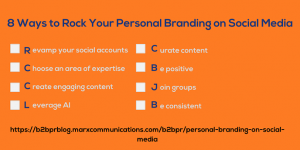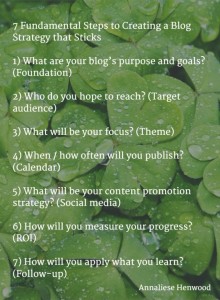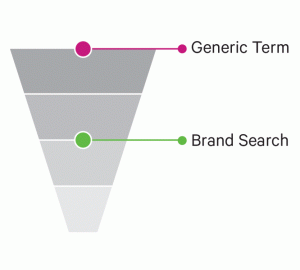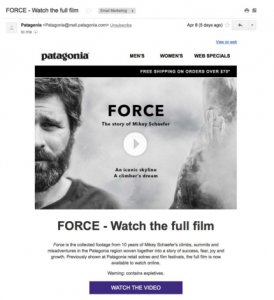Today it’s just not good enough to promise. Customers judge the retailers they use on the service that they deliver – and channels social media means they can see for themselves what others before them thought. Ultimately, it’s only when they trust a retailer that they’ll give them their business.
That’s something Mark Lewis, online director at John Lewis, recognised when he said at Internet Retailing Conference 2014: “In this space of increased transparency for the customer, standing for something that allows you to differentiate your proposition becomes increasingly important. Which is why we think why that our brand, the commitment to service and to trust and the commitment to be in there with our customers for the long term is increasingly important for us.” In our interview with Lewis, he singled out areas such as extended warranties, customer service, and the consistent presentation of the brand across different touchpoints. But retailers are working to inspire trust in a variety of different ways.
Trust to be relevant
Shopping can be emotional – and buying online requires a leap of faith. Smart retailers reassure shoppers that they can trust the product is for them, using high-quality photographs to show what it looks like, video guides to show how it works, and sharing reviews and ratings – both positive and negative – to show what other people thought. As personalisation comes to the fore, traders are harnessing data to show shoppers the items that are most relevant to them and their search. M&S, an Elite retailer in Internet Retailing’s IRUK500 research, uses a range of relevant content, from blogs to style guides and in-depth features on its website, to answer readers’ questions and show, for example, how to style fashion trends in ways that work for them.
Inspire trust through service
Today’s customers are empowered through technology that puts the latest shopping information before them at any moment – and they expect service that lives to their exacting standards. Nowhere is that more evident than in the luxury market. As we’ve explored in the upcoming The Customer Performance Dimension Report, part of our IRUK 500 research, Burberry enables its loyal shoppers to opt into a Customer One-to-One app in order to get more personal service in-store. It also uses analytics to track the behaviour of opted-in shoppers and understand what kind of service would best suit them, while also offering round the clock support in 14 languages through a variety of channels.
Delivering on the promise
No matter how well the product may suit the customer’s needs, that counts as nothing if it is not delivered on time and to the right place. Offering click and collect services brings a host of benefits to the retailer – but only if the item they ordered is there to be collected. House of Fraser, the department store group that is ranked Elite in Internet Retailing research IRUK, has worked to make delivery and collection ever more convenient for the customer. It’s introduced order and pick-up points in dedicated HouseofFraser.com stores as well as a branch of Caffe Nero. It responded to long queues in stores by trialling automated queueing technology that held the shopper’s place, notifying them when they could collect their item, and it’s matched customers’ need for convenient delivery with early morning, evening and weekend delivery services.
* Sarah Baillie, head of multichannel business development at House of Fraser, Patrick Bousquet-Chavanne, member of the Marks & Spencer board and executive director for marketing and international, Mark Felix, director – online trade, at John Lewis and Paul Coby, CIO at John Lewis, are all speaking at Internet Retailing Conference 2015.
*The Customer Performance Dimension Report was published alongside September’s issue of Internet Retailing Magazine.
Digital & Social Articles on Business 2 Community(132)
Report Post






